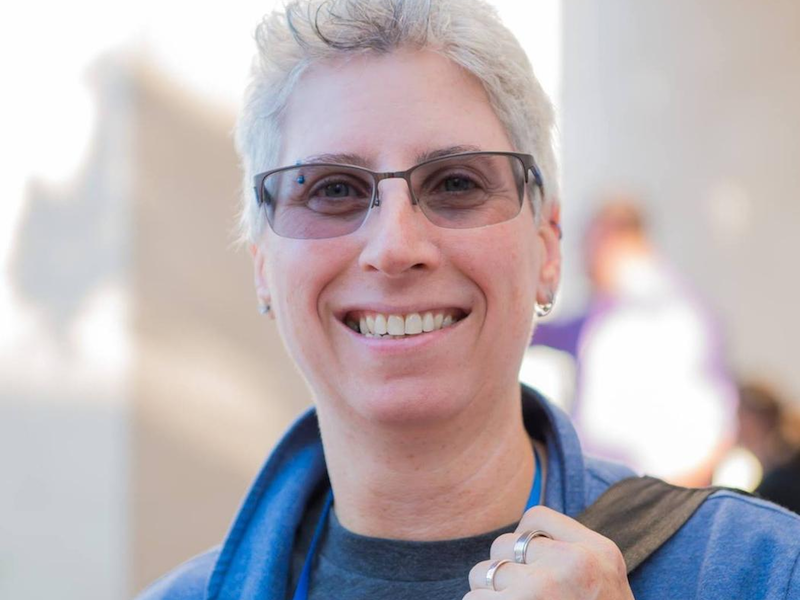
by Michele Kirichanskaya | Jun 29, 2018 | Blog
Erica Friedman is the Founder of Yuricon, a celebration of yuri (lesbian-themed) anime and manga held in New Jersey from 2003 to 2007 that now exists as an online entity, as well as the founder of ALC Publishing. She describes herself as an LGBTQ and Geek Marketing...
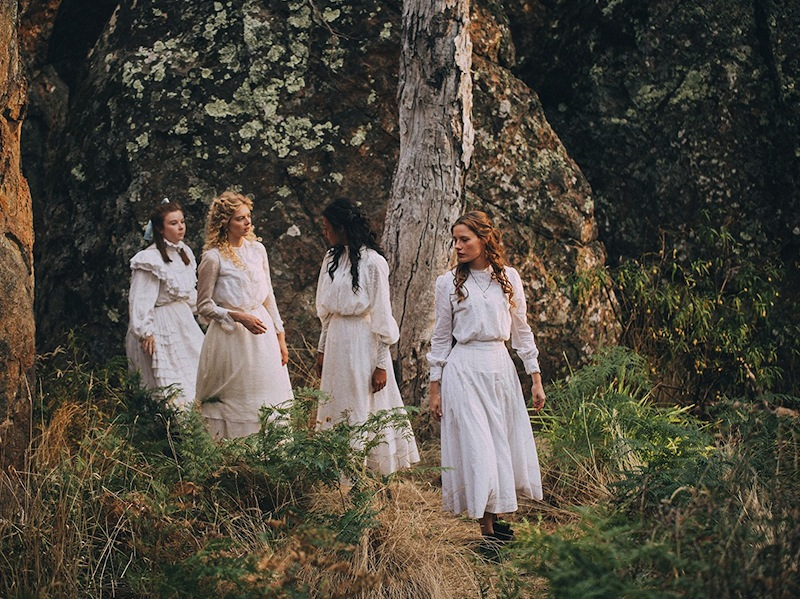
by Justin Lockwood | Jun 28, 2018 | Blog
This twisty mystery could be your next obsession. Amazon’s miniseries Picnic at Hanging Rock is an adaptation of the Joan Lindsay novel (previously adapted into what has become a cult film directed by Peter Weir) about the mysterious disappearance of a group of...
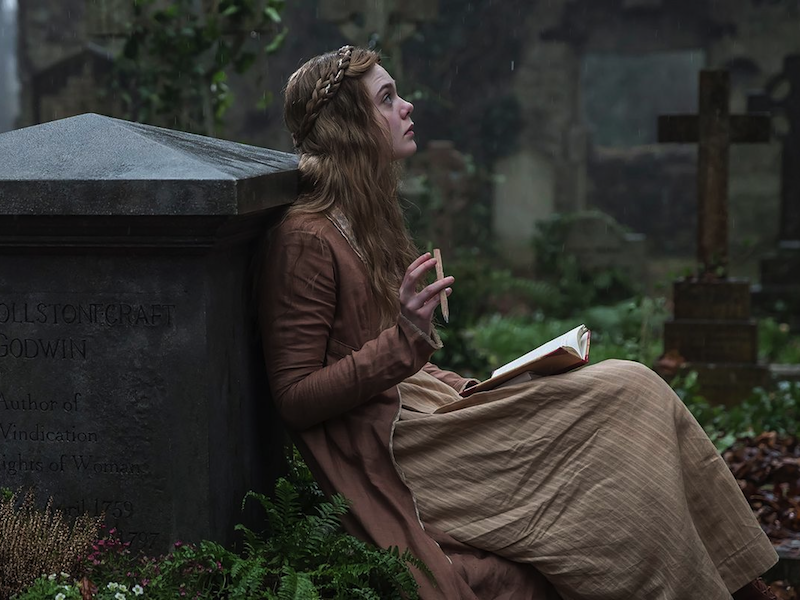
by Justin Lockwood | Jun 28, 2018 | Blog
Mary Shelley, my favorite feature from this year’s Tribeca Film Festival (and now available to stream), casts an electrifying Elle Fanning as the woman who invented science fiction with the classic novel Frankenstein, or the Modern Prometheus. Mary’s been portrayed on...
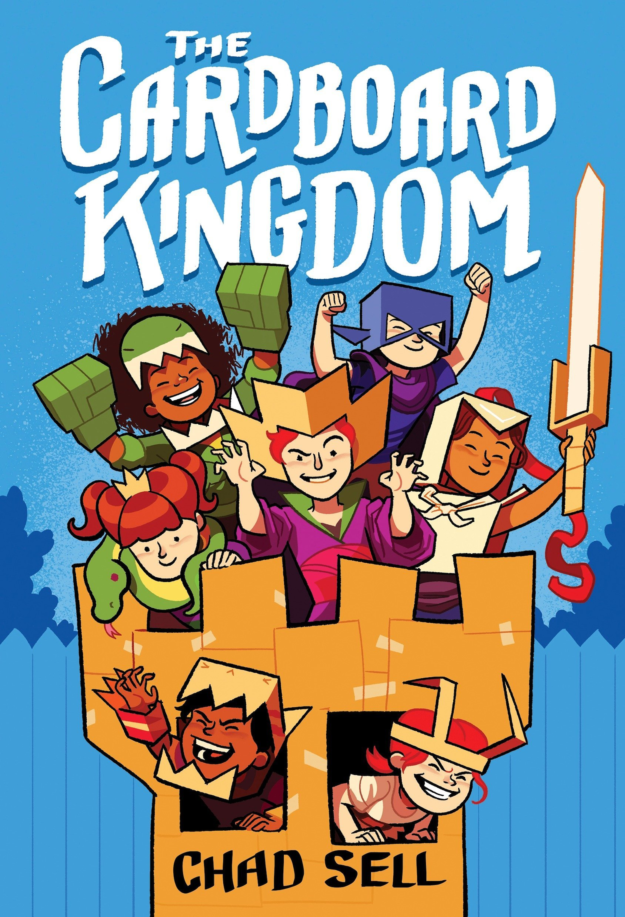
by Geeks OUT | Jun 27, 2018 | Blog
You’re not going to want to miss The Cardboard Kingdom, the new anthology-style graphic novel by Chad Sell. The listed age recommendation for Middle Grade is 8–12, but I read the book with my six-year-old, and he was just as enthralled as I was—which is no easy...
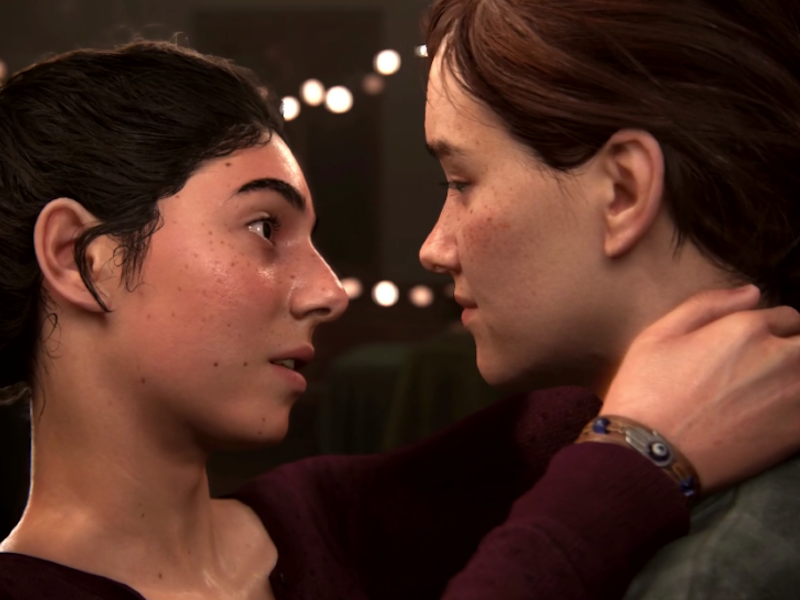
by Geeks OUT | Jun 26, 2018 | Blog
Everyone was excited to see what new information we’d get about the Last of Us Part II at E3, and I was certainly not disappointed. Yes, we didn’t get a release date, but what we got will hopefully sustain us until the game actually comes out. In the...






